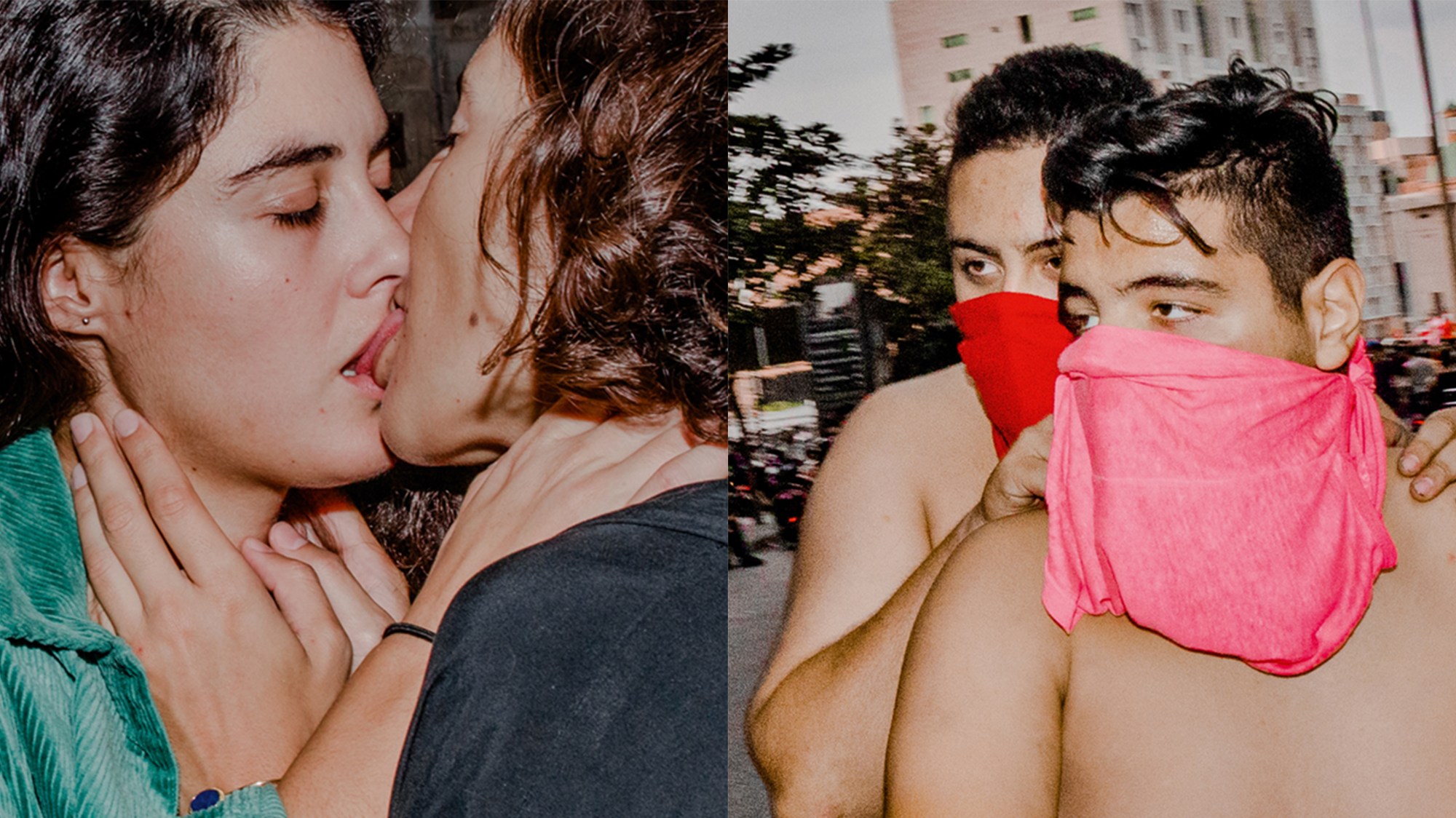One evening in October 2019, photographer Myriam Boulos went out on a date in her home city of Beirut, Lebanon’s capital. Wanting to completely focus her attention on the other person and the time that they were spending together, she turned her phone on silent, blocking out the noise from the world outside. At the end of the night, all having gone well, they parted ways, and Myriam made her way home when she quickly realised that the city she had re-entered would be changed forever.
“I saw tyres on the street, burning,” Myriam, who joined the renowned Magnum Photos Agency as a nominee in 2021, tells me. “I had to take different roads [than usual] to my place, then I opened social media, and I was like: ‘Woah, it’s actually happening.’”
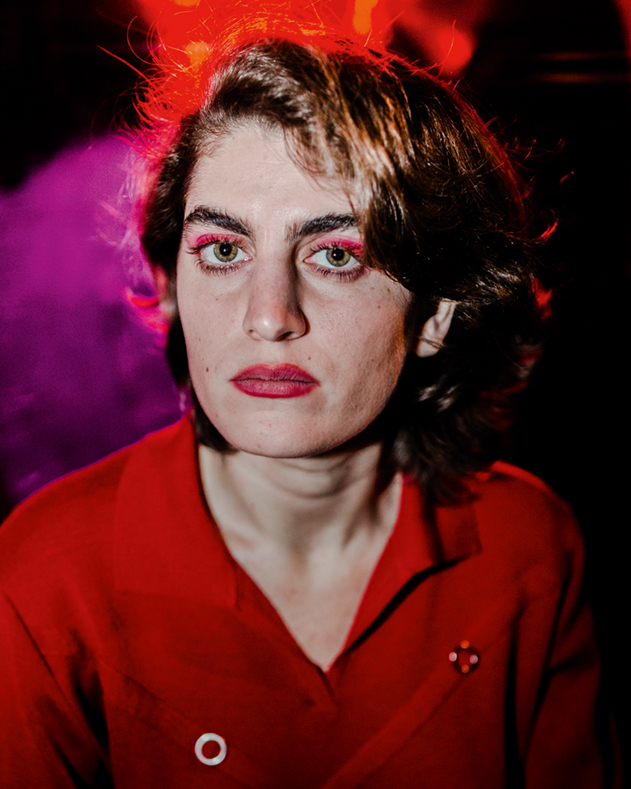
Lebanon’s October Revolution had begun, as huge demonstrations broke out across the country triggered after the Lebanese government announced that they would be imposing new taxes on an already struggling population. After years of sectarian division in the wake of a civil war (1975-1990), the crashing of the country’s currency, and the suppression of individual rights, people began marching for an end to corruption and demanding liberation. The struggle sparked a political crisis, and Prime Minister Saad Hariri and his entire cabinet were ultimately forced to resign.
Since 2016, Myriam has become more and more aware of societal issues within the world around her, and has been using her camera to interrogate her surroundings. “Many things happened, and it’s as if my bubble burst,” she says. “At that point, patriarchy was invading every corner of my life, and then [at the same time interrogating] the relationship we have with our bodies and sexuality — and then the economic crisis exploded in Lebanon.”
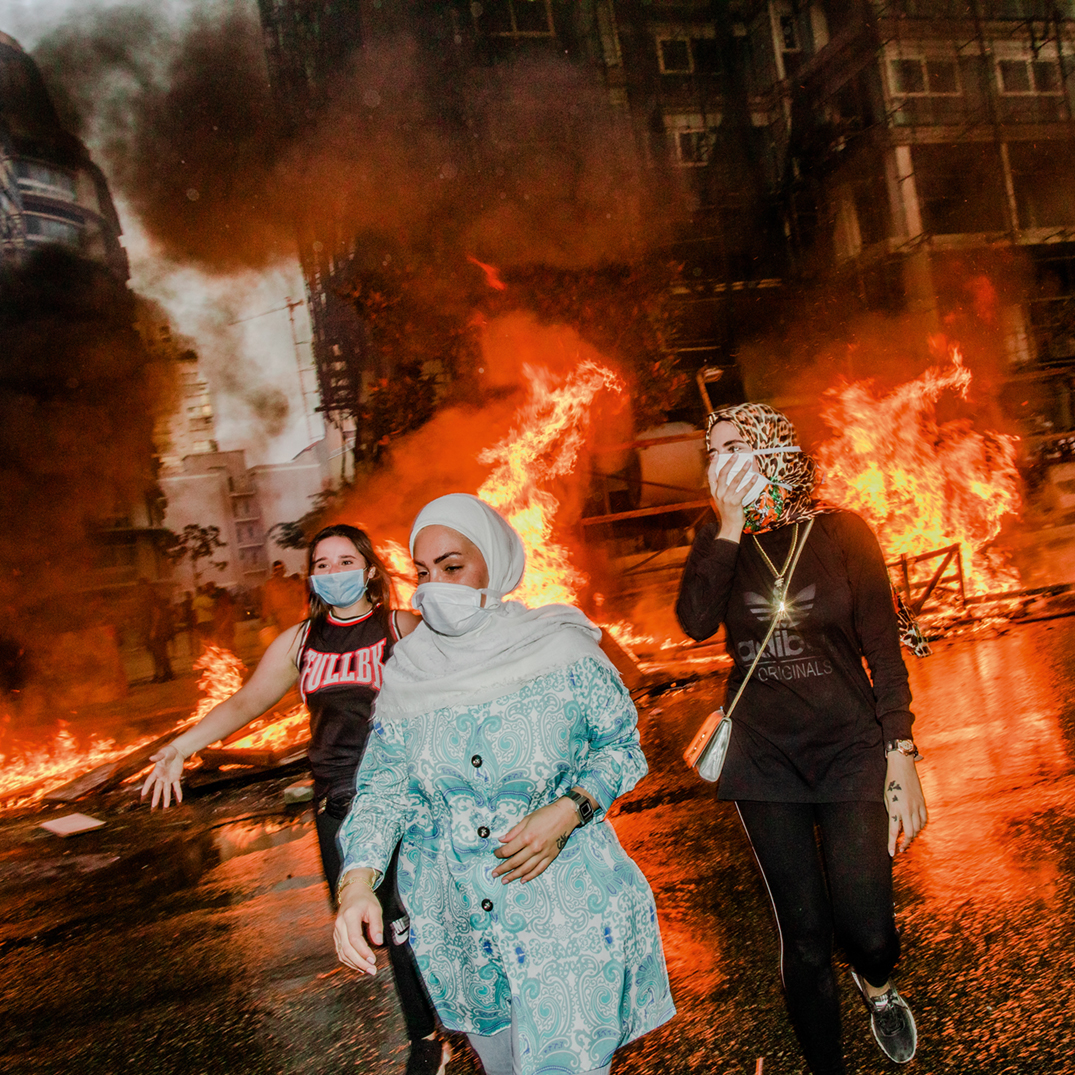
The Revolution would lead to a dramatic shift in the way Myriam focused her lens, and to her photographic practice. Having previously taken most of her pictures in black-and-white, at nighttime, and never accompanying pictures with contextual words, now she was out in the streets with her camera, capturing the visceral energy of the protests and penning her experiences into her diary. “With the start of the Revolution – this moment was so important for me that it changed me completely, even in my approach,” she says. “When you and your body lives something strong, it affects everything and [the way] you see it.”
The scale of the protests eventually quietened and stopped almost completely as the global pandemic forced people into their homes in early 2020. But on 4 August this year, the city was flipped upside down again as ammonium nitrate caused a giant explosion at the Port of Beirut. The blast left 218 reported dead, nearly 7,000 injured and 300,000 homeless, as well as a giant scar on the city’s landscape, a visual reminder of the city’s fractures.
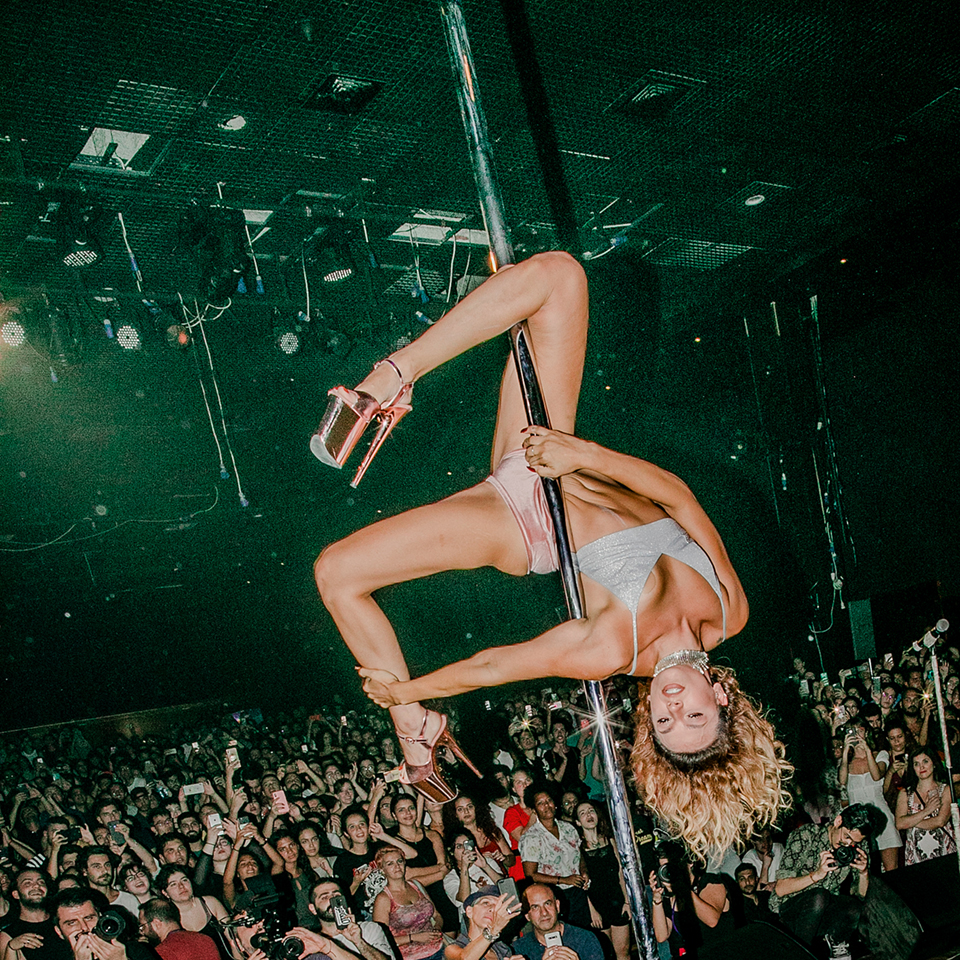
The months from the Revolution’s beginning to the port tragedy form the grounding of Myriam’s debut monograph, What’s Ours. Published by Aperture, the book includes visceral photographs from the protests, but its scope and timescale reach far wider. “I included pictures from 2013 to 2023 as everything is intertwined; it’s not only about this period – the Revolution to the repercussions of the explosion,” she says. “It’s so many other things, many small revolutions that go from the intimate to the political, and everything in between.”
Alongside the expected protest pictures are several moments of youthful joy. There are shots of nights out dancing, her friends stripping naked – the front cover is an image of two women passionately kissing. Set in chronological order, it makes for a revealing, radical window into life as a young person in Beirut over the past decade, from its most romantic moments to its most violent. The public and the private framed side by side. Myriam says herself: “They simply come together for me; it’s the same thing.”
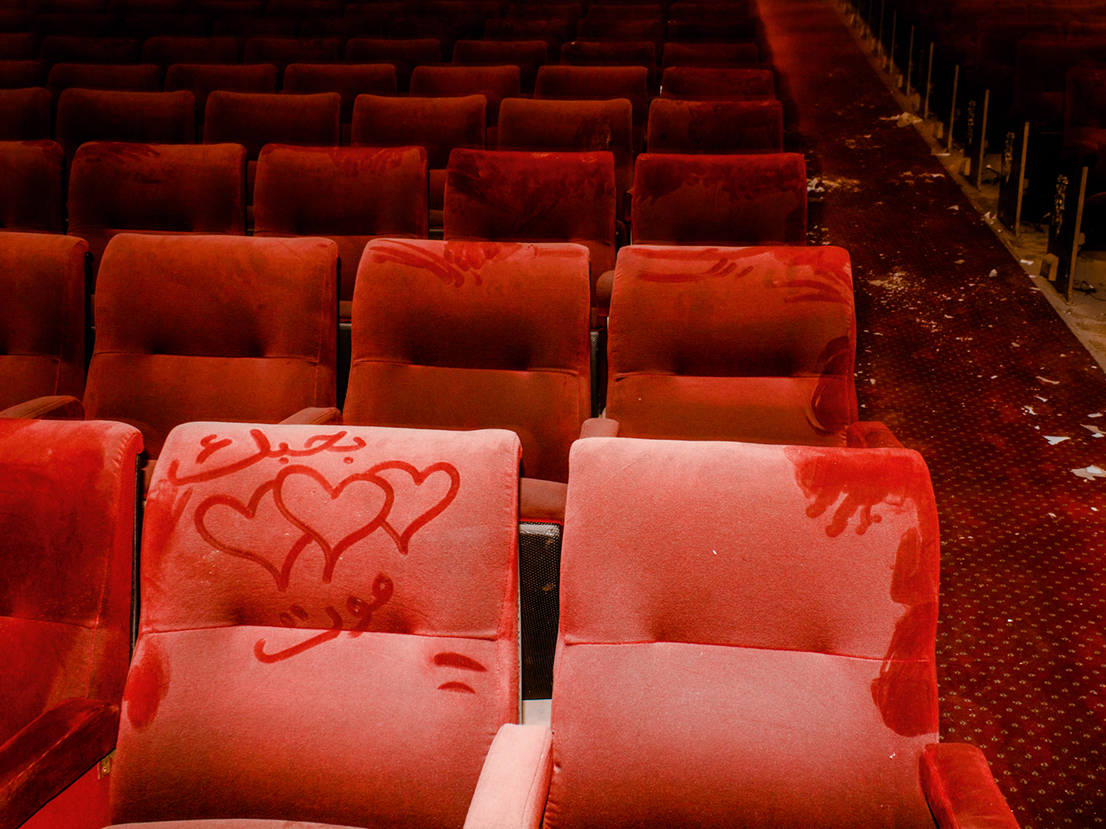
But while the book openly celebrates the relationships of her queer friends, creating a photographic world where they are accepted and cherished, their physical existence has also caused Myriam great worry. Same-sex relations and activity is criminalised in Lebanon, and wary that publishing the photographs in her home country could lead to trouble or violence for those in them, Myriam has taken the tough decision not to have What’s Ours distributed in her own country. It comes against an increasingly fraught backdrop for the country’s queer community.
“Recently, there have been attacks and campaigns against the LGBTQ+ community,” Myriam says. In August, affiliates of a far-right Christian organisation called Jnoud El-Rab violently targeted people in a queer-friendly bar called Madame Om – usually a safe space for people. “So, lately, I don’t feel like my images are powerful; I feel like they’re dangerous. A few months ago, I would have thought of bringing it to Lebanon, but now it’s ‘no way’; it would put the people in the images in danger, and it would put me in danger.”
The context is what makes pictures in this book — notably the one on the cover — so radical. With LGBTQ+ activity criminalised and increasingly targeted, simply expressing queer identity is a form of protest, just like the demonstrations that began in October 2019 and picked up 10 months later. They all form part of the many interconnected web of revolutions going on in Lebanon simultaneously that Myriam speaks of. “The picture of the two women kissing – this moment and this image represents the whole book, the whole feeling, and everything I try to say through photography,” she says. “In general, this whole work is about reclaiming What’s Ours. And it’s about resisting, which is something that I learned how to do through my images.”
‘What’s Ours’ by Myriam Boulos is published by Aperture.
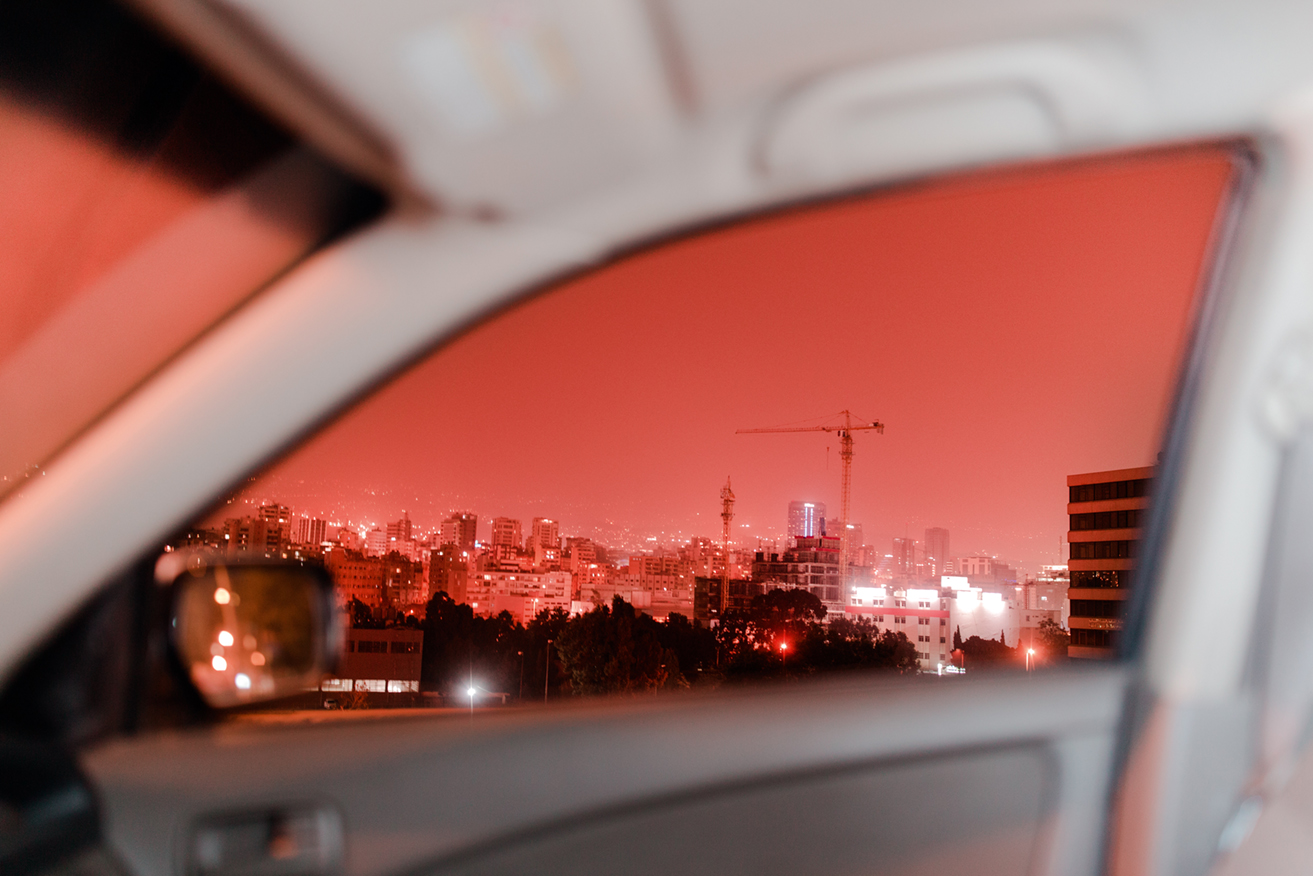
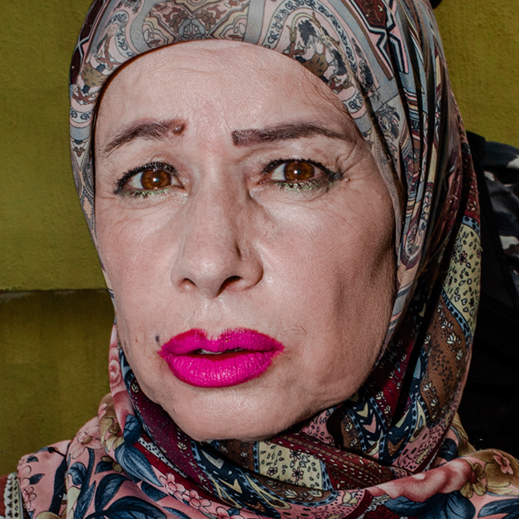


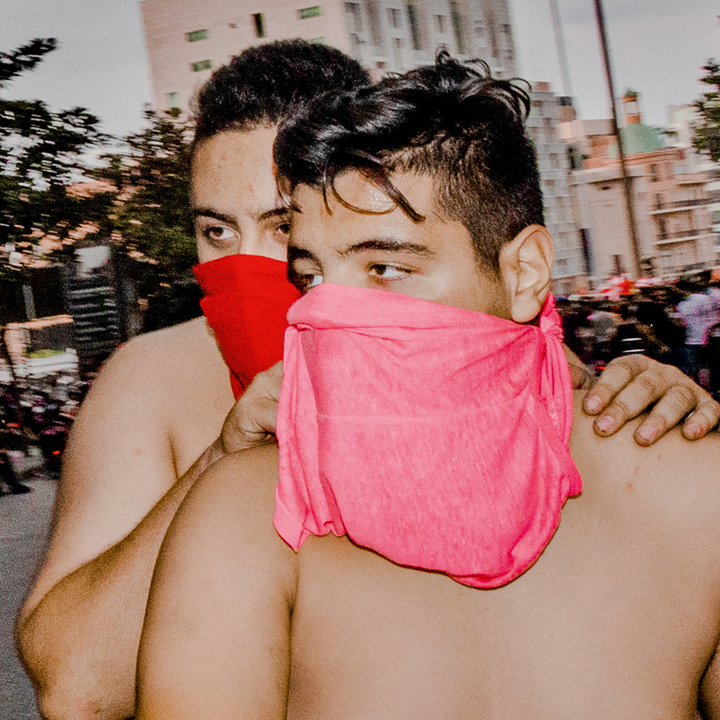
Credits
Imagery courtesy of Myriam Boulos
